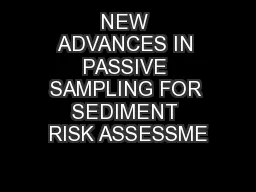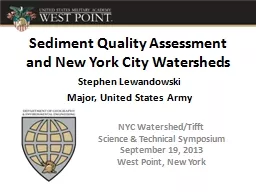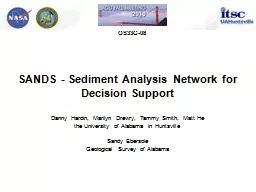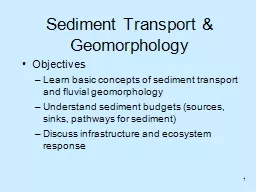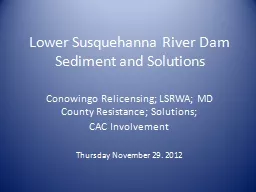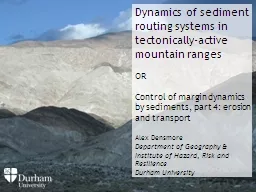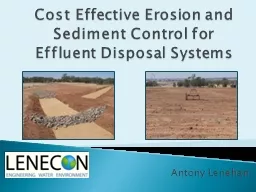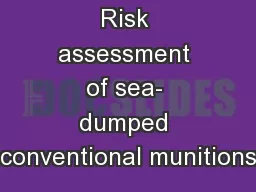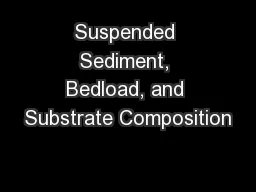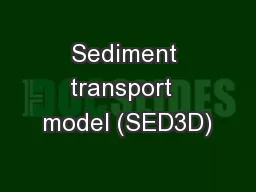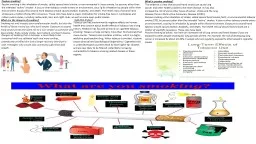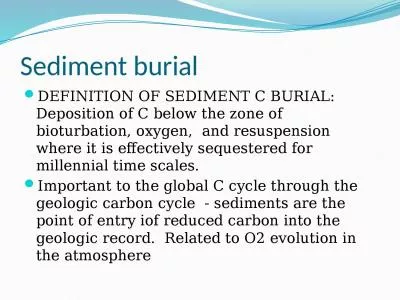PPT-NEW ADVANCES IN PASSIVE SAMPLING FOR SEDIMENT RISK ASSESSME
Author : pamella-moone | Published Date : 2016-07-17
Upal Ghosh Department of Chemical Biochemical amp Environmental Engineering UMBC SETAC HDC Oct 7 2015 Legacy contaminants in exposed sediment contaminates the
Presentation Embed Code
Download Presentation
Download Presentation The PPT/PDF document "NEW ADVANCES IN PASSIVE SAMPLING FOR SED..." is the property of its rightful owner. Permission is granted to download and print the materials on this website for personal, non-commercial use only, and to display it on your personal computer provided you do not modify the materials and that you retain all copyright notices contained in the materials. By downloading content from our website, you accept the terms of this agreement.
NEW ADVANCES IN PASSIVE SAMPLING FOR SEDIMENT RISK ASSESSME: Transcript
Download Rules Of Document
"NEW ADVANCES IN PASSIVE SAMPLING FOR SEDIMENT RISK ASSESSME"The content belongs to its owner. You may download and print it for personal use, without modification, and keep all copyright notices. By downloading, you agree to these terms.
Related Documents

